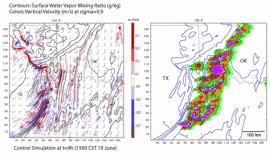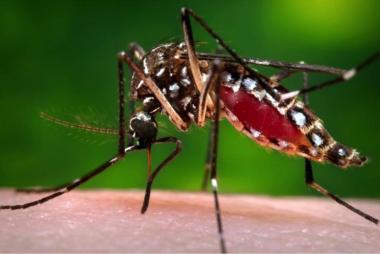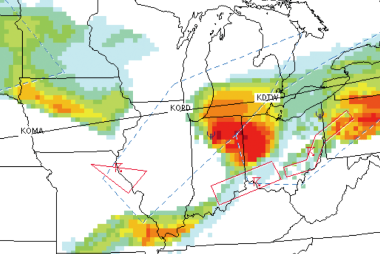Flight Path Tool
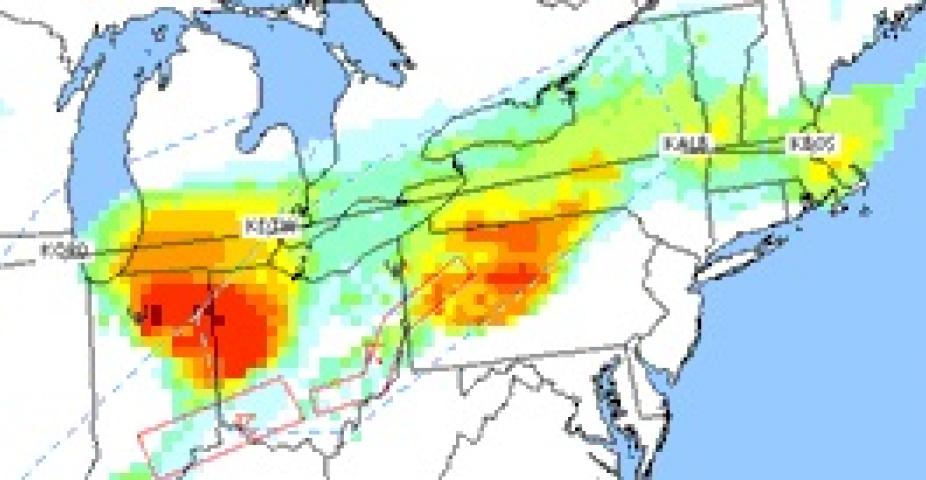
The Flight Path Tool (FPT) is a comprehensive, interactive, geographical display that brings together all of the weather products available on ADDS. It runs as a desktop application on your computer for maximum performance.
The Flight Path Tool can overlay multiple fields of interest: icing (probability, severity, and super-cooled large drops), turbulence potential, convective diagnosis and forecast, ceiling, visibility, flight category, winds, relative humidity, temperature, radar (base and composite reflectivity), satellite observations (visible, infra-red, and water vapor wavelengths), AIRMETs and SIGMETs, METARs, TAFs, and PIREPs.
All 3D data can be sliced horizontally at selected flight levels or vertically along a flight path. All data can be animated in time.
The tool lets you zoom in to any location on the globe. It automatically switches to the most appropriate projection for the viewed area. High-resolution basemaps show selectively more detail as you zoom in.
In addition, the Flight Path Tool can create vertical cross sections along your flight route.
Preferred views can be saved for quick recall later.
Global Weather Viewer
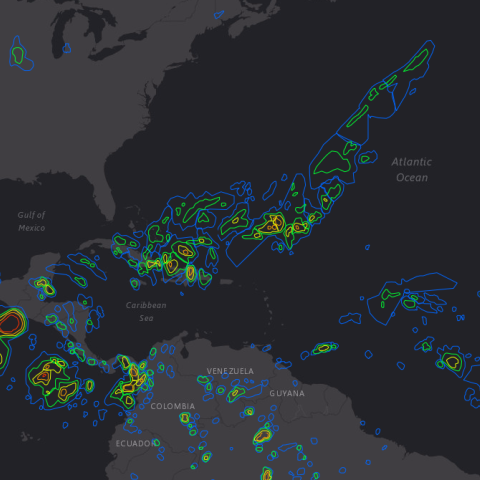
...
Oceanic Convection Diagnosis Products
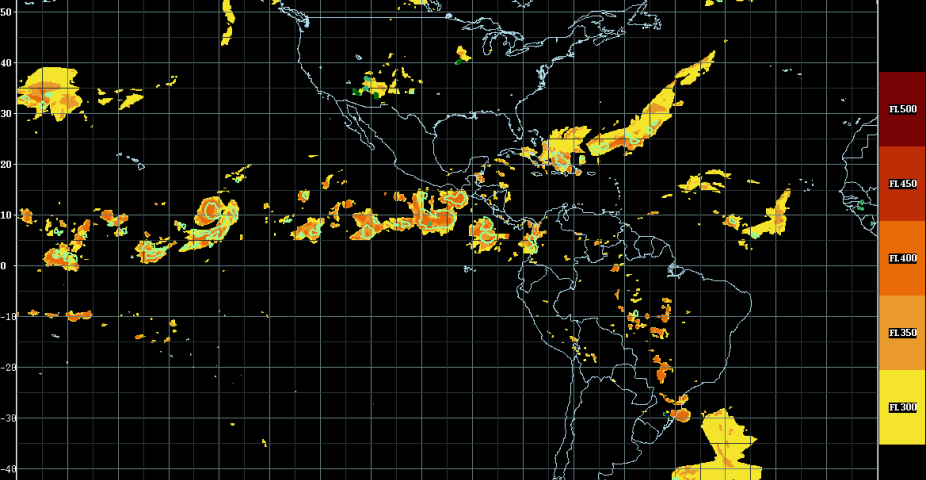
Oceanic Convection & Nowcasting Operations
The Research Applications Laboratory is addressing oceanic weather needs for aviation through the development of convection diagnostic products. These products are the Cloud Top Height (CTH) and the Convection Diagnosis Oceanic (CDO). Both use geostationary satellite data as a primary input with the CDO also utilizing lightning data. These two products focus on the needs of pilots, dispatchers, air traffic managers and forecasters within the oceanic aviation community.
Liquid Water Equivalent (LWE) system
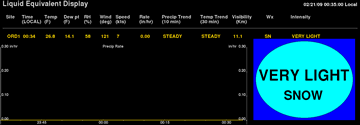
Aviation-based winter weather research at RAL, sponsored by the Federal Aviation Administration, has focused on developing two new systems in support of Ground Deicing operations. The Liquid Water Equivalent (LWE) system combines a Hotplate and GEONOR snow gauge; a Vaisala PWD–22 precipitation type sensor; a Campbell freezing rain sensor; a Vaisala WXT wind, temperature, and humidity sensor; and a Decagon Leaf Wetness Sensor to estimate a real–time liquid water equivalent precipitation rate. This rate is a critical component of the Checktime® System, a UCAR patented technology for aircraft ground deicing operations, that determines when deicing/anti-icing fluids applied to aircraft are close to failure based on temperature measurements and precipitation rates that are updated every minute from the LWE system. Checktime® is aircraft independent and only requires the end user to know the time that the aircraft was deiced. Demonstrations of the LWE and Checktime® systems are conducted at Denver International Airpot, Chicago's O'Hare International Airport, and the Clevel-Hopkins International Airport. LWE's ability to detect ice pellets has been tested at St. John's, Newfoundland, Canada, the site of the climatological maximum of freezing precipitation and ice pellets in North America.
Icing Product Alaska (IPA) - Experimental
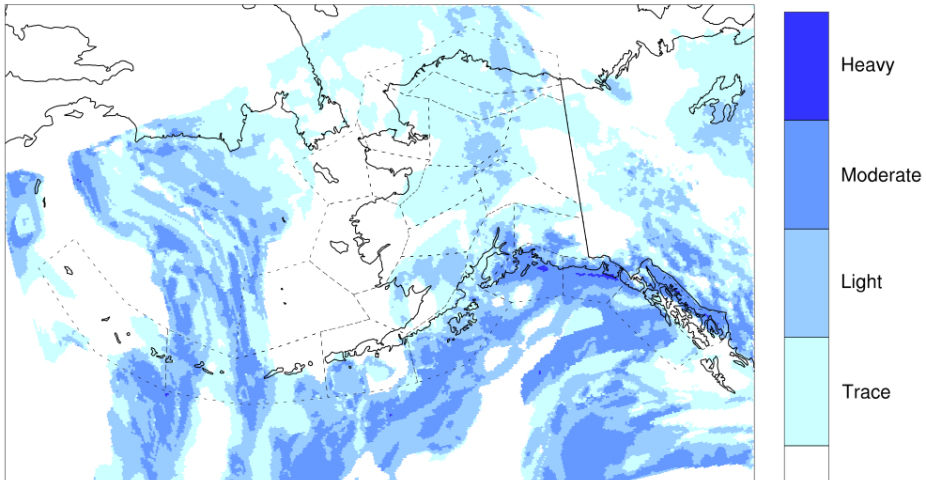
In-Flight Icing Product Development Team
The FAA's Aviation Weather Research Program (AWRP) directs research and development activities for 11 Research Teams. The roles of the InFlight Icing Product Development Team (IFI PDT) are to provide guidance to the FAA on in flight icing, prepare annual plans for research, monitor progress on the plan and provide quarterly reports to the AWRP Management Team, provide regular briefings to the AWRP, and coordinate FAA sponsored research activities with those of other organizations.
The IFI PDT lead is Dr. Julie Haggerty; Gary Cunning is the lead engineer. Dr. James Riley of the FAA Technical Center has been designated the Icing Subject Matter Expert. The team interacts with other organizations conducting inflight icing research such as NASA GRC Icing Branch, NASA Langley Cloud Products Group, NSSL, MSC, MeteoFrance, the Universities of Illinois and Washington, and Wichita State University.
The intermediate goal of the IFI PDT is a gridded depiction of inflight icing severity, probability of encounter, and the confidence in those estimates, based on integration of operational model output with real–time sensor data. Spatial resolution will soon be increased to 3 km over the CONUS as higher–resolution weather models (i.e., High–Resolution Rapid Refresh) become available, better use of radar and satellite data is achieved, and computational and communications bandwidth problems are resolved. In data–sparse regions (polar regions, ocean routes, etc.) resolution may be coarser depending on available data inputs and model grid size.
The ultimate goal for inflight icing forecasting is a high–resolution, frequent–update field of liquid water content, the full drop size distribution, and temperature. This information would be ingested into flight models that simulate ice accretion and resulting performance degradation to optimize safe and efficient flight routing.
Quantitative Precipitation Forecast (QPF)
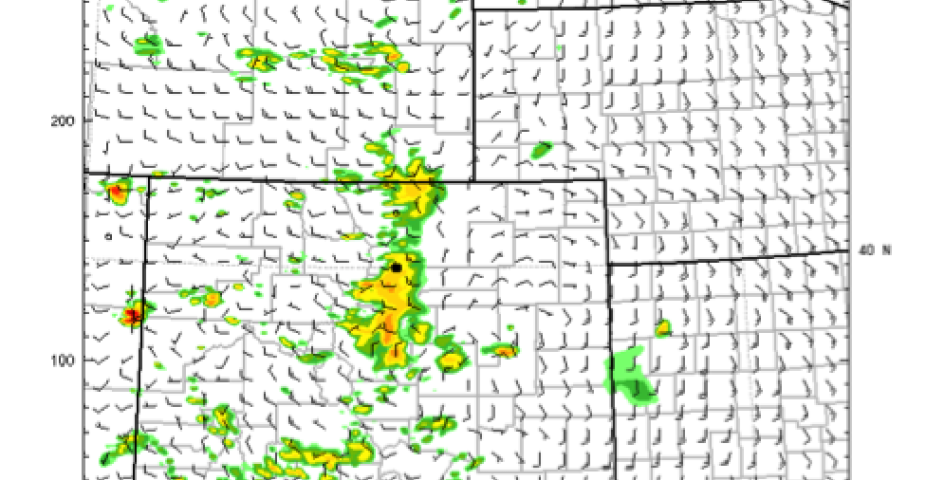
Warm-Season Quantitative Precipitation Forecast (QPF)
Land surface properties (e.g., albedo, soil moisture, vegetation) modify the partition of latent heat (evaporation) and sensible heat fluxes, and boundary layer structures and stability, which collectively impacts convection initiation and precipitation.
QPF references
- Holt, T., D. Niyogi, F. Chen, K. Manning, M. A. LeMone, A. Qureshi, 2006: Effect of Land-Atmosphere Interactions on the IHOP 24-25 May 2002 Convecti
on Case, Mon. Wea. Rev, Vol, 134, 113-133
- Trier, S., F. Chen, and K. Manning, 2004. A Study of convection initiation in a mesoscale model using high-resolution land surface initiation conditions. Mon. Wea. Rev., 132, 2954-2976.
- Chen, F. T. Warner, and K. Manning, 2001. Sensitivity of orographic moist convection to landscape variability: A Study of the Buffalo Creek, Colorado, flash-flood case of 1996. J. Atmos. Sci., 58, 3204-3223.

